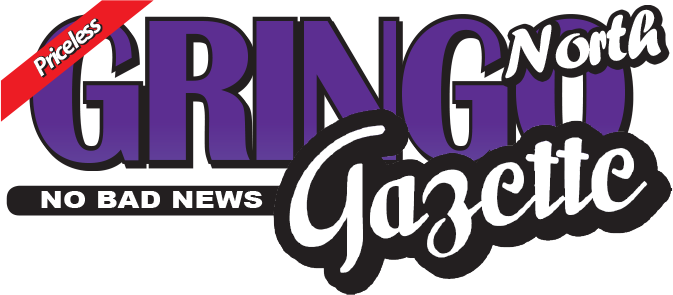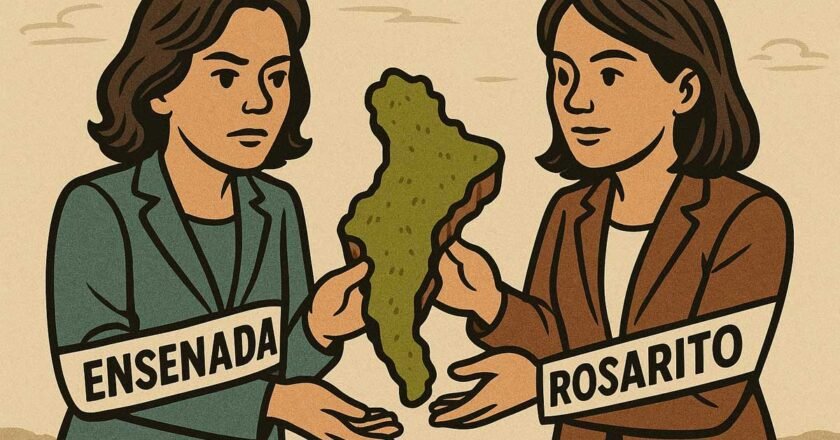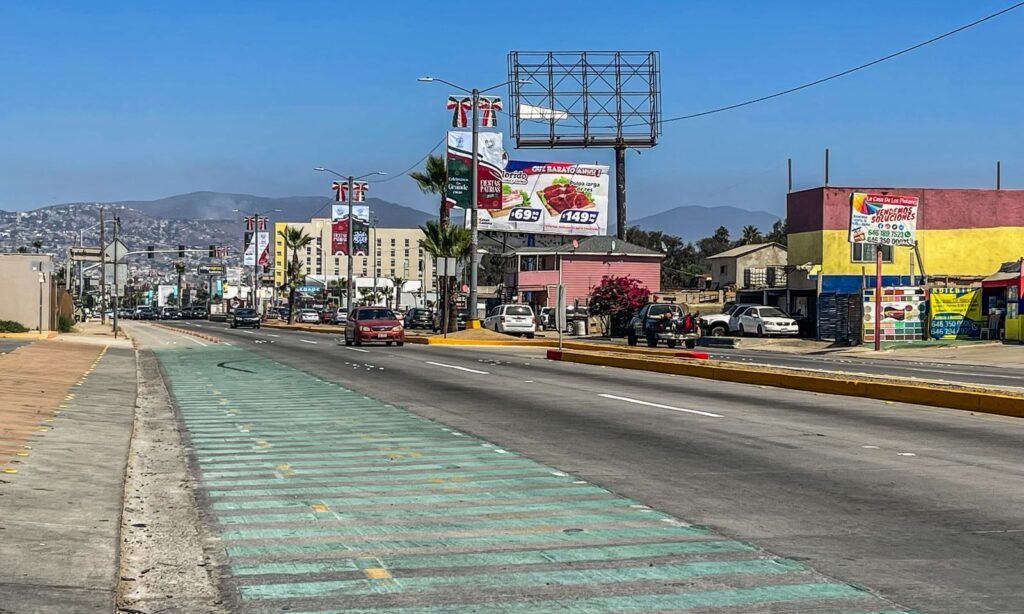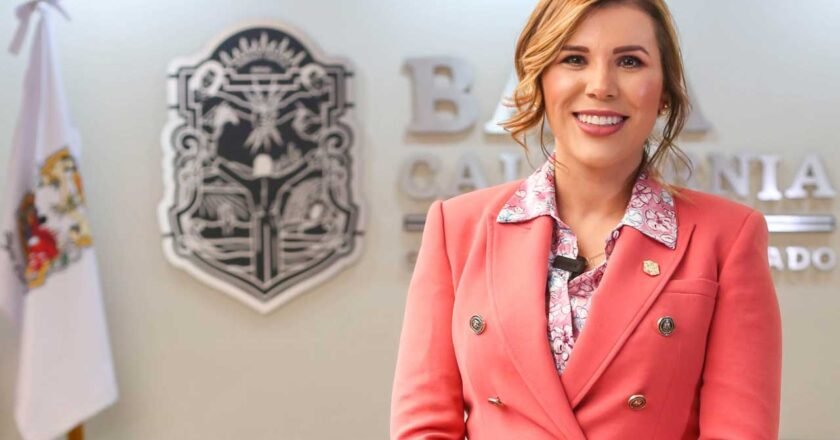The wait is over. Tijuana’s biggest family party of the year is back, bigger and louder than ever. From August 28 to September 28, the Feria Nacional de Tijuana 2025 takes over Parque Morelos with music, rides, food, and a Palenque lineup so heavy it could tip the border fence.
More Than Concerts
Of course, the lineup is huge, but the fair isn’t just for superfans clutching VIP tickets. Instead, it’s designed for everyone. Families stroll through colorful midway lights, kids spin themselves silly on rides, and abuelas hold court over the food stalls. Meanwhile, you’ll find games, exhibitions, and performances that keep all ages entertained.
A Century of Fun, Border Style
Back in 1915, the first “Feria Típica” gave Tijuana a taste of culture and carnival. Since then, the event has grown into a month-long bash that mixes tradition with modern spectacle. In fact, what began with horse shows and crafts now features roller coasters and stadium-level concerts.
Who’s Playing and Where
The fair runs on two main stages: the Palenque (indoor, ticketed, usually pricier) and the Teatro del Pueblo (outdoor, fair-style). Both offer star power. Here are just a few:
- Grupo Firme – Palenque, Sept. 28. Tickets start at $925 pesos, VIP runs up to $4,625. Bring tissues for your wallet.
- Banda MS – Palenque, Sept. 27. Prices range from $1,390 to $3,700. Expect sing-alongs so loud they rival airport noise.
- Alfredo Olivas – Palenque, Sept. 19. From $1,160 to $3,245. Ballads guaranteed to raise both eyebrows and bar tabs.
- Eden Muñoz – Palenque, Sept. 25–26. Between $925 and $2,890. Two nights, twice the tears.
- 90’s Pop Tour – Teatro del Pueblo, Sept. 20. From $250 to $1,500. Nostalgia with a neon glow.
- Banda El Recodo – Teatro del Pueblo, Sept. 21. Entry runs $200 to $1,000. Mexico’s Mother Band keeps the tradition alive.
- Paty Cantú & Piso 21 – Teatro del Pueblo, Sept. 28. From $300 to $1,200. Pop anthems for the dreamers.
Tickets and Access
When you buy a ticket, your choice really shapes the night. General gets you inside the show or fairgrounds. Preferente moves you closer to the action with fewer elbows in your ribs. VIP, meanwhile, plants you practically on stage. At the Teatro del Pueblo, tickets are easier on the wallet and often include fairground access too.
Beyond the Music
The fair is also about family bonding. Parents grab tacos al pastor while kids line up for cotton candy taller than they are. Couples wander through craft exhibits. Teens scream their lungs out on roller coasters. Finally, everyone somehow ends up with a giant stuffed bear under their arm.
Why You Should Go
Because it’s not just a concert series—it’s a full-on experience. Music, rides, food, and family collide under Baja’s night sky. While you might go for Banda MS, you’ll stay for the churros, the carnival lights, and the thrill of seeing Tijuana at its brightest.

















